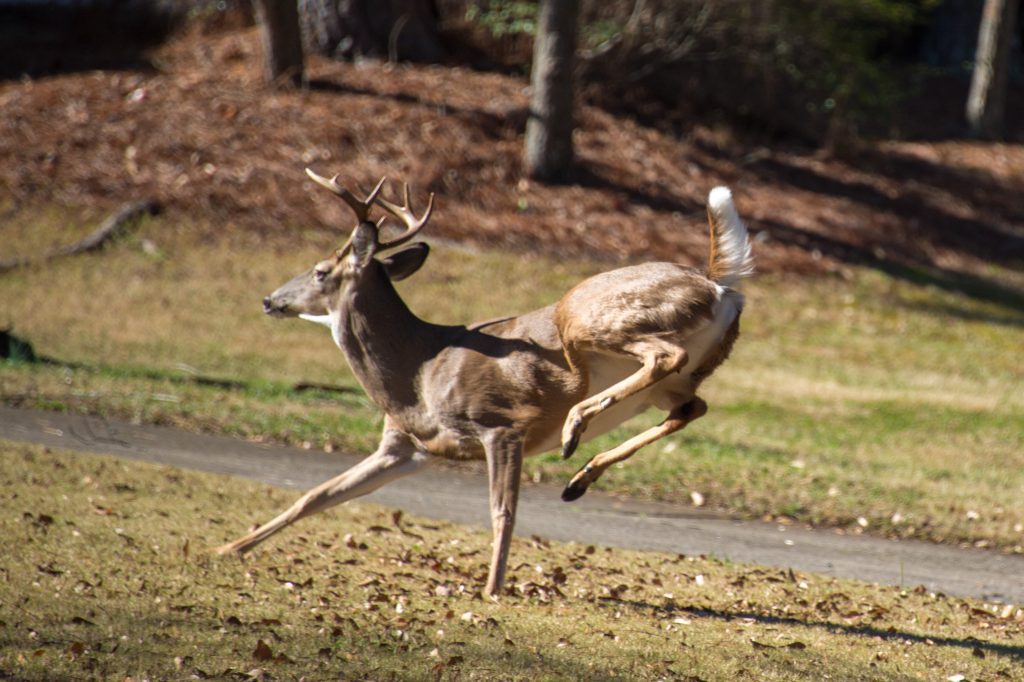Successful photographers are about so much more than the photos they make. But without great images, they have no reason to exist.

Most photographers I meet are passionate and want to do the right thing. They are very concerned about doing the right thing as well. But what is lacking is business acumen and the tools to run their business effectively.
It is pretty standard that photographers are quite busy and think they are doing exceptionally well. Still, they are missing revenue opportunities, barely breaking even, and even losing money.
To meet the demands of their clients, some are delivering just OK photos to turn them around so they can get on to the next project. However, in have in a timely fashion, some of the picture’s colors are slightly off, or the exposure is just a little off, and even some of the photos they deliver are not sharp.

Myopic
Lack of discernment or long-range perspective in thinking or planning is the definition of myopic. But, unfortunately, you can get so busy that you cannot see your faults.
Imagine walking into a photo studio with no photos on the wall. Instead, the photographer comes out to talk with you, and you ask about their photography. The photographer talks a great deal about their business vision, and you want to see some photos.
The reality is this is how so many photographers run their businesses, but instead of lacking photos, they lack business acumen.
Are you providing services that are right for and meet the needs of your customers?
This question will catch most photographers off guard because they cannot answer it.
In the days of film, you didn’t even know you had captured anything with your camera until you developed the film.
A latent image is an invisible image produced by the exposure to light of a photosensitive material such as photographic film. When photographic film is developed, the area that was exposed darkens and forms a visible image. In the early days of photography, the nature of the invisible change in the silver halide crystals of the film’s emulsion coating was unknown, so the image was said to be “latent” until the film was treated with photographic developer.
– Wikipedia
One of the primary reasons professional photographers were hired is that many people would take pictures with their cameras. When they got the results, they were disappointed for various reasons. Nothing came out of poor exposure, out of focus, or something else.
Today there is no waiting to see if you have an image. Instead, people use smartphones with built-in cameras to take most of their photos. So they can see immediately and have an idea they can publish instantly to the world.
One of the primary reasons professional photographers were needed is now gone. Most people can take their photos and get something without having to know anything at all about photography.
Creating Desire
Steve Jobs was the master at creating a product that people never had before and didn’t know what they wanted. Yet, by the end of launching a new product like the Apple iPad, he had not just made us want one but convinced us that we needed one.
While in seminary, I took a course called Systematic Theology. Systematic theology draws on the foundational sacred texts of Christianity while simultaneously investigating the development of Christian doctrine throughout history, mainly through philosophy, science, and ethics.
One of the most profound thoughts I had to get my head around was who God is and my relationship with God.
“The irony is that while God doesn’t need us but still wants us, we desperately need God but don’t really want Him most of the time. He treasures us and anticipates our departure from this earth to be with Him-and we wonder, indifferently, how much we have to do for Him to get by.”
― Francis Chan, Crazy Love: Overwhelmed by a Relentless God
The concept of God not needing us but wanting us can spin my head, but this concept helped me understand the raw power of intimacy. Great relationships are built on a mutual desire for connection.
The more a photographer desires a relationship with a client, they will begin to understand, like Steve Jobs, that they must think like their client. For example, Steve Jobs helped solve my problems in my life by helping me to connect with others using technology to increase my ability to do so.

Maintenance Program
Why do Toyota cars have such a good record for lasting a long time for their clients? One thing that changed for me was in 1993; I bought a Toyota Tercel. One different thing is that the dealership invited me to a party in their service department.
They had pizza for us, but most importantly, they wanted us to get the most out of our vehicles. So they took the time to educate us about the maintenance program. Every 5,000 miles, you need to bring your car in for routine service. They added that if you follow the maintenance schedule, your vehicle will most likely last for 200,000 miles without a problem.
Toyota cars last so long because they did a better job educating their customers about the importance of preventive maintenance.
As photographers, what is involved in a preventive maintenance program for you?
- Digital Workflow: you need a sound system that helps you consistently make and deliver quality images to your clients
- Marketing to new and present clients: you need to consistently have something in place that helps you to connect with new clients and a plan that also helps you stay connected to your present clients
- Accounting: you need to have a system in place to create estimates, invoices, pay your bills and track all this so you can be sure you don’t have outstanding invoices, statements, or taxes.
- Relationships, not transactions: you need to have a focused plan to make all of your clients about a relationship designed to make them your friends. Without this being intentional, these clients are just transactions and will soon be replaced by other photographers desiring a relationship with them.
Do you have a plan in place for you to follow? If not, stop what you are doing and create one and then work on the project, and you will see success in your future.





























































